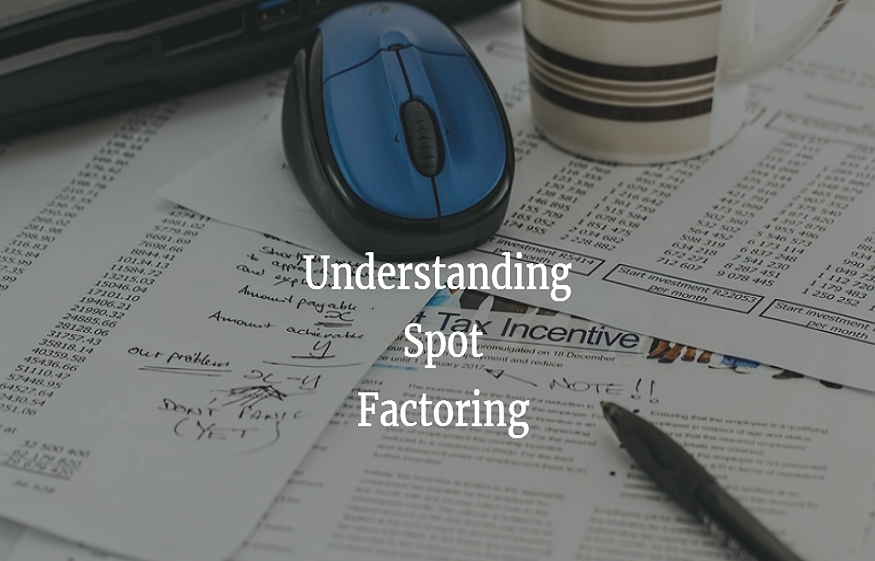
Spot Factoring VS Selective Factoring
Many companies interested in financial services because of complications with cash flow. Spot-factoring and Selective factoring provide different services but solve a similar problem depending on the needs of that particular company or client.
Spot-Factoring is used to finance a single invoice from many clients. While others use it as a finance alternative. This form of financing is used sparingly and often with an expectation that there will not be another transaction with the focused client. In other words, it’s expected to be a one time use.
Selective factoring is another ballgame altogether. Selective Factoring works as a midpoint between Conventional Factoring and its alternative. With Selective Factoring, you can choose which clients to factor, and amongst them which invoices to finance. Factoring companies also have a scheduling schema where you can time when your invoices get factoring. When timed correctly, this can save you money on fees.
Read more: Why Soft Skills Are So Important For Business Leaders
The solution for you depends on what type of problem you are trying to solve. If you have a one-time cash flow payment problem because of a slow-paying client on a single invoice. Then some Spot-Factoring will likely be the correct solution for you. On the other hand, most companies don’t come across this problem. Most small companies will encounter problems that will require selective factoring because they are still growing. Many small companies do not have large cash reserves which make them perfect candidates for selective factoring.
Spot-Factoring can look like a really good idea at first glance. But it has its disadvantages. Spot-Factoring is a service that any given client or company may use only once. There is only one transaction to cover the total of due diligence cost. Since this is the case Spot Factoring is usually very expensive to the client. Spot-Factoring has to be used with large invoices exclusively. The invoice has to be a large amount because a premium is charged based on the size of that invoice. Most companies will not finance anything less than $300,000, but this does fluctuate depending on the company.
When you are Spot-Factoring the invoice is sent to the company supplying the payment to the said client. When that payment is made and the relationship with the Spot-Factoring company is no longer needed, the address of the invoice must be changed so that you do not continue to send payments to the wrong address. This is very important to do, and if it is not done payment issues will arise within your business if payments continue to be sent to the wrong place.
Selective Factoring has fewer problems when it comes to addressing issues because multiple transactions are being made over a long period. There is a repeat use of the services that you will not find with Spot Factoring. Even if you are not using Selective factoring with each transaction your relationship with the service is still held for future transactions and the address issues are less likely to arise.
Read more: Sync With Stock Market Reports For Proper Investment
Selective Factoring has a less expensive price per transaction because it is used multiple times over a long term period. With the flexibility that Selective Factoring has, it is usually preferred by small businesses as opposed to Spot Factoring. The payments for Spot-Factoring are more expensive which makes it less attractive to small budding businesses who may not be able to afford to pay a large lump sum for Spot-Factoring. In this case, Selective Factoring wins. But it will be totally up to the needs and your budget when it comes to what you financially require.








